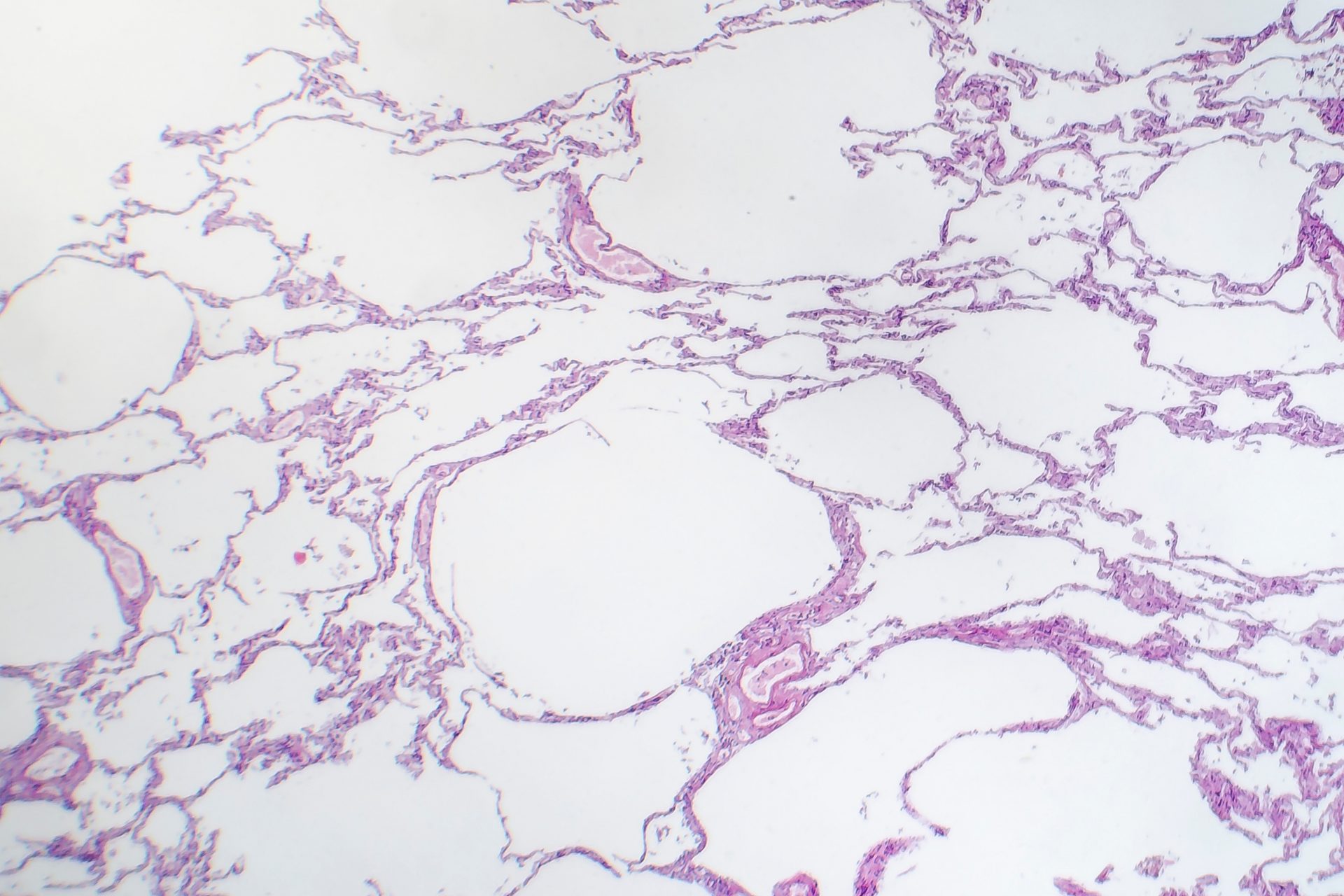Diagnoses
The air sacs of the lung and their walls can be affected by inflammation and by scar tissue known as fibrosis. The inflammation, or fibrosis, or both can result in breathlessness and cough. They can cause a low oxygen level in the blood.
There are many forms of interstitial lung disease. The diagnosis might be suspected on chest x-ray but clinical examination along with lung function measurement, oxygen level measurement, CT scan, and blood investigations are important steps. The results need interpretation by combined discussion with a respiratory physician and a respiratory radiologist together. Lung biopsy is sometimes required to help with diagnosis and plan the treatment.
There are a number of occupational, environmental, and drug causes of interstitial lung disease. Interstitial lung disease can also be associated with other medical conditions like rheumatoid arthritis and systemic sclerosis. Idiopathic pulmonary fibrosis (IPF) does not have a known cause and is more likely to progress. Monitoring of all these conditions is needed even when treatment is not initially prescribed.
Treatment can involve anti-inflammatory and immunosuppression drugs in some situations and anti-fibrotic drugs in other situations. These two types of treatment can be combined where appropriate.


